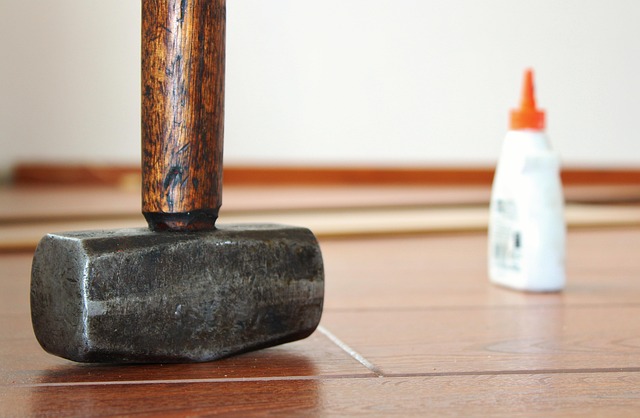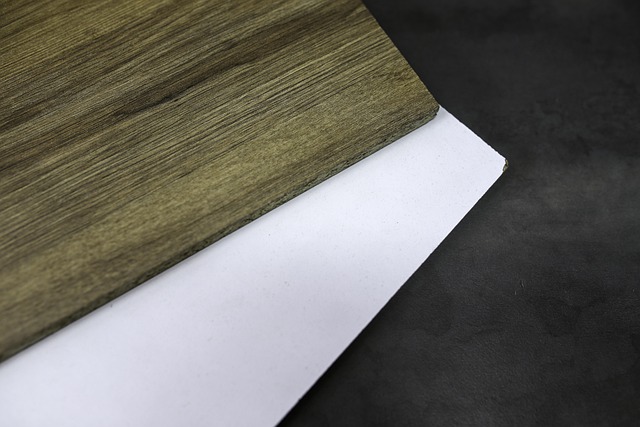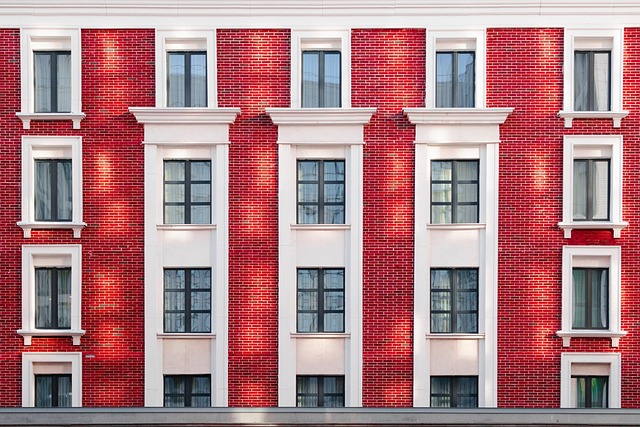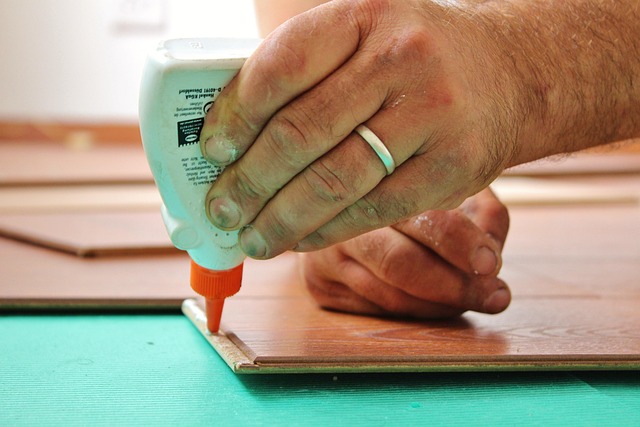When bonding glue laminated beams, choose between solvent-based glues with high strength but health risks, and water-based alternatives that are safer, eco-friendly, and versatile. Solvent-based glues excel in structural integrity but emit VOCs. Water-based glues, like natural latex, offer improved air quality and bonding strength for various applications. For expert advice on Types of Glue Laminated Beams, contact (607) 369-9341 for performance comparisons and life cycle assessments.
When it comes to joining timber beams, understanding the nuances of different adhesives is crucial. This article delves into the world of structural bonding, comparing solvent-based and water-based adhesives for their applications in glue-laminated beams. We explore the benefits, curing processes, and performance characteristics of each, providing a comprehensive guide for professionals navigating the choice between these two prominent types of glue for beam lamination.
- Understanding Solvent-Based Adhesives for Beams
- Exploring Water-Based Alternatives for Beam Bonding
- Comparing Performance and Applications Side by Side
Understanding Solvent-Based Adhesives for Beams

Solvent-based adhesives have been a traditional choice for bonding glue laminated beams due to their exceptional bonding strength and ability to penetrate deep into the timber’s pores. These adhesives, often referred to as wood glues, contain solvents that facilitate the softening of the wood fiber, allowing the adhesive to bond strongly with the natural material. This method is commonly used in the construction of glued laminated timber structures design guide, where beams are joined together to create robust and durable frames.
When considering the mechanical properties of glue laminated composites, solvent-based adhesives offer excellent resistance to shear and tensile forces, making them ideal for structural applications. Strengthening existing structures with glued beams often relies on these adhesives’ ability to provide a strong, long-lasting bond. Moreover, the process involves careful application and curing conditions to ensure optimal performance. For more information, feel free to give us a call at (607) 369-9341.
Exploring Water-Based Alternatives for Beam Bonding

In recent years, there’s been a growing interest in exploring more sustainable and environmentally friendly alternatives for bonding glue laminated beams. Water-based adhesives have emerged as a promising option, offering several advantages over traditional solvent-based glues. These water-based alternatives are not only safer to handle and apply but also contribute to improved air quality during construction. They are particularly popular in residential building projects where health and safety concerns are paramount. Moreover, the advantages extend beyond sustainability; water-based glues often exhibit excellent bonding strength, making them suitable for various structural applications.
When considering types of glue laminated beams, natural latex glues stand out due to their exceptional properties. The benefits of using these glues in construction, including their flexibility and resistance to chemicals and moisture, are well-documented. This has led to their increasing use in diverse projects, from residential buildings to bridge construction, where high-performance glue laminated beam systems are demanded. For more information about the advantages of natural latex glues or to discuss how they can benefit your project, give us a call at (607) 369-9341.
Comparing Performance and Applications Side by Side

When comparing solvent-based and water-based adhesives for glue laminated beams, performance and application considerations are paramount. Solvent-based glues have long been recognized for their exceptional strength and durability, making them ideal for demanding construction applications, including strengthening existing structures with glued beams. They offer high bonding strengths and excellent resistance to environmental factors, ensuring the longevity of the final product. However, these adhesives can be more hazardous due to volatile organic compounds (VOCs) and may require specialized ventilation during application.
In contrast, water-based glues are gaining popularity for their eco-friendly profile and ease of use. They produce lower VOC emissions and are safer to handle. Water-based adhesives are versatile, suitable for various materials like wood, steel (even at high temperatures, thanks to specialized formulations), and more. Their application is straightforward, often requiring less preparation and offering better workability. While they may not match solvent-based glues in sheer strength, advancements in technology have closed the gap, making them a viable option for many projects. For a comprehensive life cycle assessment of glue laminated buildings, consider reaching out to our experts at (607) 369-9341 for personalized guidance.
When it comes to gluing laminated beams, both solvent-based and water-based adhesives offer unique advantages. Solvent-based glues provide exceptional strength and durability, making them ideal for heavy-duty applications in construction. On the other hand, water-based alternatives are more environmentally friendly, with lower emissions and faster drying times, suitable for projects focusing on sustainability. The choice between these types of glue depends on specific project needs, whether it’s structural integrity or ecological considerations that take priority. Understanding these options allows professionals to make informed decisions when selecting the best adhesive for their beam lamination tasks.














